Interview with Jacek Gwizdka – a faculty member at the University of Texas at Austin, a photographer and a jazz fan.
Joanna Sokołowska-Gwizdka:
When was the first time you’ve encountered jazz?
Jacek Gwizdka:
As far as I can recall, I always wanted to be different from my peers. When I was in high school, my friends listened to hard rock (e.g., Deep Purple, Black Sabbath) and pop. Okay, I liked hard rock, but I always avoided pop. Then, with some delay because of communists’ rule, „we discovered” symphonic rock and progressive rock (e.g., Pink Floyd, King Crimson, Genesis, Yes). The richness of this music made me look further. I listened to classical music, mainly instrumental, and especially symphonies from the XIX-th c. (e.g., Beethoven). Then I found jazz, and, proverbially, never looked back. First, these were the swing orchestras. The power of their sound seduced me. It resembled the great classical symphonies, but it was lighter. Then I started to appreciate jazz nuances – syncopated rhythms and improvisation. They became the main magnet that dragged me towards jazz. And, yes, none of my friends in high school listened to jazz at that time.
Growing up in Poland, you went to jazz concerts. Do you remember them?
Oh yes, although my city – Łódź – was not on the most-frequented music routes in the, still communist, Poland, there was enough music there for a young man like me. Perhaps the biggest jazz events were the autumn concerts after the Jazz Jamboree festival in Warsaw. Many jazz musicians performed in Łódź, mostly in a music school on the Sosnowa street. They did it between their performances at Jazz Jamboree festival in Warsaw and Jazz All Souls events in Kraków. So it was usually the end of October or the beginning of November. Among the musicians not so-frequently „imported” from the West, I remember very well Weather Report (who arrived a few hours late; with hundreds of fans patiently waiting in a crowded hallway) performance with Joe Zawinul at the helm. In those times in Poland, most of the bands and musicians appearing in Łódź were from Poland. For example, String Connection, Extra Ball, Laboratorium, Zbigniew Namysłowski, Janusz Muniak Quartet, Staszek Soyka, Hania Banaszak with orchestra. Polish jazz scene was quite strong with many excellent cats. In the mid-eighties, I attended the famous Jazz Jamboree festival in Warsaw for the first time and saw Chick Corea. Later, I saw him many times, for example in 1989 in Frankfurt am Main, where I lived then; and in 2002 at the Montreal Jazz Festival.
After traveling abroad you had access to musicians you have not met in Poland before. Which concerts have made the biggest impression on you?
Oh, this list will be terribly long. I apologize. I will try to limit myself, haha, but it will be hard and this list will not be „fair”. After leaving Poland in 1988, first I lived in Frankfurt, Germany (then West-Germany), then in Toronto, Canada, and later (and up to this date) in the USA (Palo Alto, CA, Somerset, NJ, and Austin, TX). I had the wonderful opportunity to see the greatest jazz musicians of the second half of the XX c. First, I have to mention Miles Davis. I saw his concert in Toronto about a year before his death. I was a newcomer to Canada and I bought one of the cheapest tickets on the ground floor in the Pantages Theater. I had a poor seat (with partially obstructed view behind a column). But the musical experience was amazing. The pianist Keith Jarrett, whose work I admire, should be mentioned next. I saw his two (rare) solo concerts, one at Carnegie Hall in New York (2005) and another at the Philharmonie am Gasteig in München (Munich); Germany (2016), and I saw him twice with the trio (Gary Peacock and Jack DeJohnette). First, in Newark, NJ (2007) and then in Montreal (2002). Charles Lloyd concert with his quintet in Montreal in 2001 was almost a mystical experience. Who’s the next? A very hard choice. The brilliant guitarist Stanley Jordan, whom I saw at Dimitriou’s Jazz Alley in Seattle. His individual technique of simultaneous playing the bass line and solo on the guitar is unique. Duo John Surman from Jack deJohnnette, whom I heard at the Montreal festival in the early 2000s. Concert by the Norwegian guitarist Eivind Aarset, also at the Montreal festival. Both last mentioned concerts took place in the basement of the church in the center of Montreal, which lent these performances spiritual dimension. The Norwegian trumpeter’s Nils Peter Molvaer Nu Jazz music and his performance in Montreal in a densely crowded club with a room full of fans and fumes of „grass”. Bugge Wesseltoft, another Norwegian from the Nu Jazz circle, concert remains in memory. My „north-european” jazz orientation is influenced by my favorite jazz record label – ECM (Edition of Contemporary Music) from München (Munich). There are also, of course, Polish jazzmen on my list. Their art represents the highest world level. The duo with my friend, saxophonist Andrzej Olejniczak, and pianist Władysław „Adzik” Sendecki in Piwnica pod Baranami in Kraków (2018) will remain in my memory for a long time.
I recall hundreds of other jazzmen and memorable concerts. Let me mention a few more excellent musicians whom I saw live: Branford Marsalis, Ravi Coltrane, Wayne Shorter, Herbie Hancock, Sonny Rollins, Dave Holland, Chris Potter, Jan Garbarek, Bobo Stenson, Charlie Haden, Tomasz Stańko, Michał Urbaniak, Adam Makowicz, Pat Metheny, John McLaughlin, Chick Corea, Gary Burton, Jean-Luc Ponty, Kenny Garrett, Dave Brubeck, Brad Mehldau, Ron Carter, Charlie Bird, Joe Lovano, Jan Ptaszyn Wróblewski, Krzesimir Dębski, Joe Henderson, Jarek Śmietana, Krzysztof Ścierański, Michael Brecker, John Scofield , Enrico Rava, Gonzalo Rubalcaba, Esbjørn Svensson, Wynton Marsalis, Phil Woods, the list could go on and on… I’m afraid I might have missed some.
Among the musicians who made a great artistic impression on me many have recorded for the already mentioned ECM record label. This label, founded by Manfred Eicher in 1969, has had a great and positive influence on the jazz aesthetic and sound in the late XX c and early XXI c.
You have been accredited several times as a photographer at jazz festivals in Montreal and Toronto. Thanks to this, you could take pictures of musicians from close up. Do you think about capturing the mood, the sound, the fleeting moment when shooting a stage during a concert?
Well, it is not easy. Very often photographers have limited conditions and time, always without a flash, with only limited time allowed, typically 5-10 minutes, or only during the first song. At the beginning of their performance musicians are not „warmed up” yet. The most restrictive taking photos rules I received were during Prince’s performance at the Montreal Jazz Festival in 2002. We were allowed to take pictures for a few minutes, from the very back of the concert hall, and only after the first few minutes of the concert. Then, the concert hall was completely dark, none of my photos came out… Apart dealing with such trifles, I try to capture the fleeting expression on the musician’s face or of his body. Kenny Garrett is probably the most dynamic and photogenic jazz musician I’ve photographed.
Let me add that I listen to live jazz performances not only during concerts as part of jazz festivals. Wherever I live or travel, I try to visit jazz clubs. I knew quite well the jazz scene in Toronto in the 1990s and early 2000s, where I lived at the time. Toronto jazz clubs I frequented include Top O’ the Senator, Montreal Bistro, George’s Spaghetti House, Bermuda Onion (many of these clubs do not exist any more). Later, when I lived near New York City, my favorite club was Village Vanguard, probably the only jazz club in the „Big Apple” that exists since the 1930s in the same place and under the same management. In addition, Jazz Keller in Frankfurt, Yoshi’s in Oakland, CA, Dimitri’s in Seattle, WA, and U Muniaka in Kraków, Poland are world-famous clubs which I try to visit as I am nearby.
Your photographs of jazz musicians were shown at exhibitions in Toronto, published in the press in Canada and in the Polish jazz magazin „Jazz Forum”. Many artists from your photographs are no longer among us, you have recorded the moments that will not happen again. Do you have your favorite photos?
Yes, photographs of artists who passed are probably particularly important. They remind us of them and their creativity. I am glad that I had the opportunity to see them, hear them live, and photograph them. Do I have favorite photographs? All which you can see in this gallery, selected from hundreds of others…
G a l l e r y
All photographs Copyright Jacek Gwizdka. To purchase any of the photos, please contact the editorial staff.
Other exhibitions on „Culture Avenue”:
https://www.cultureave.com/cogitationes-aqua-jacek-gwizdka-photography/
https://www.cultureave.com/ramis-neuronis-jacek-gwizdka-photography/




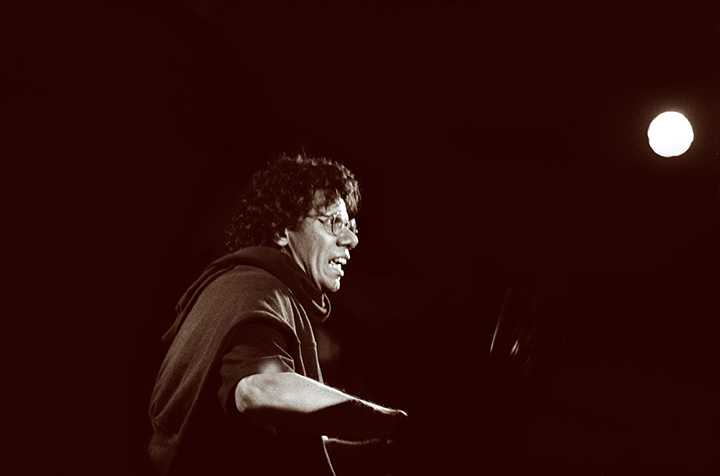

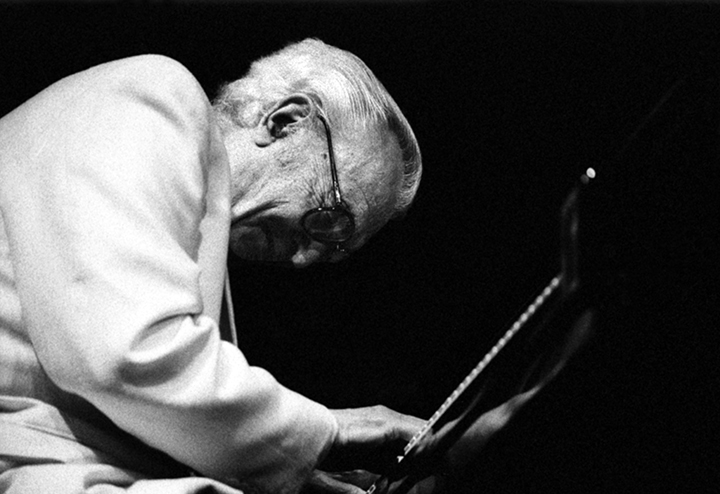
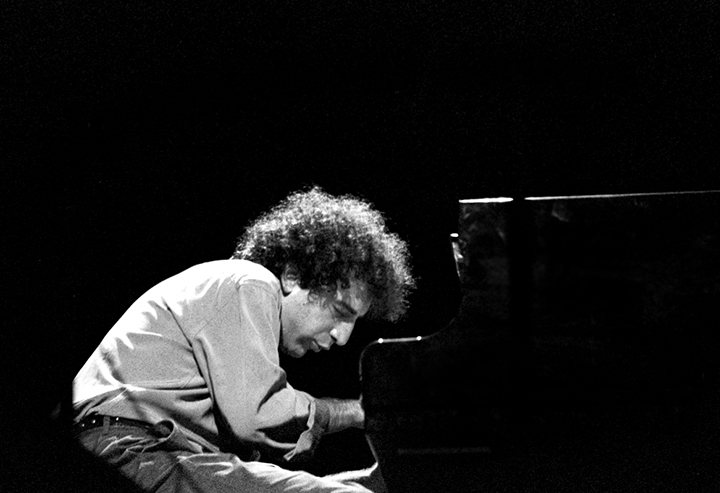
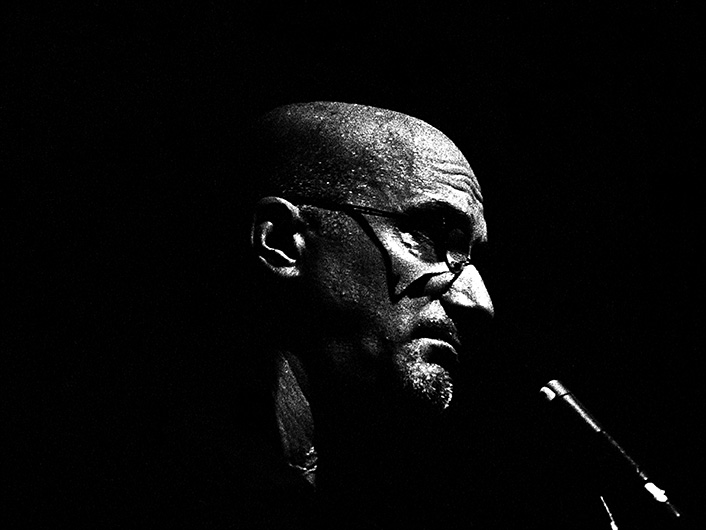
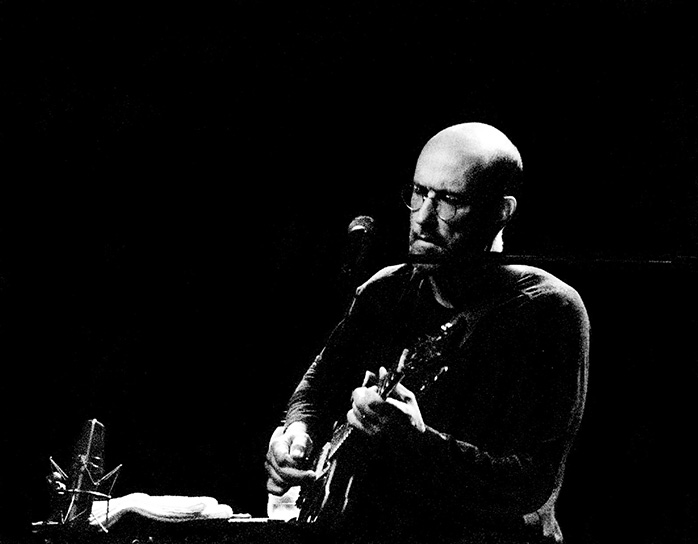
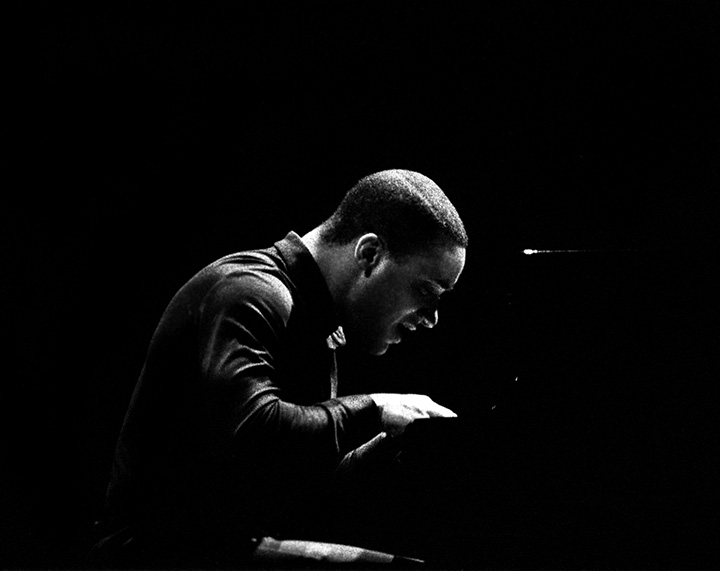
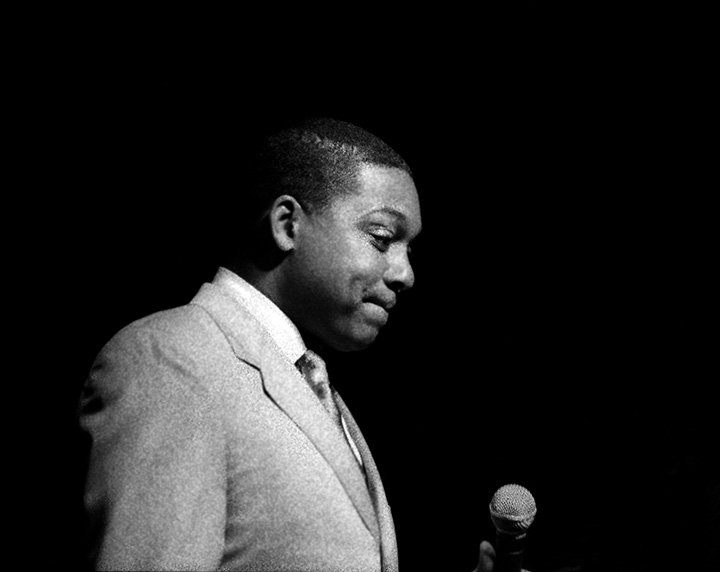
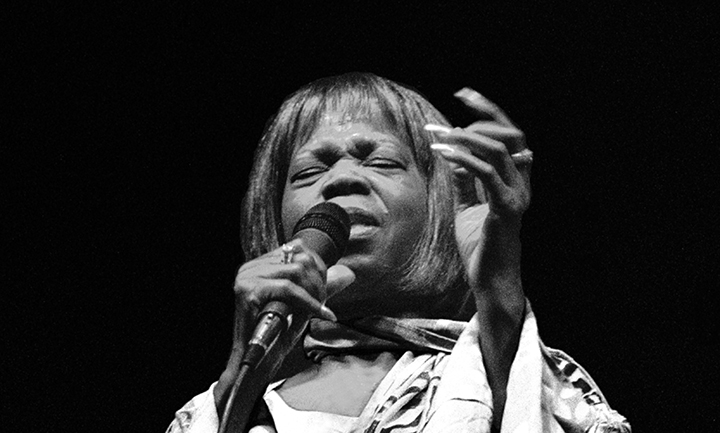
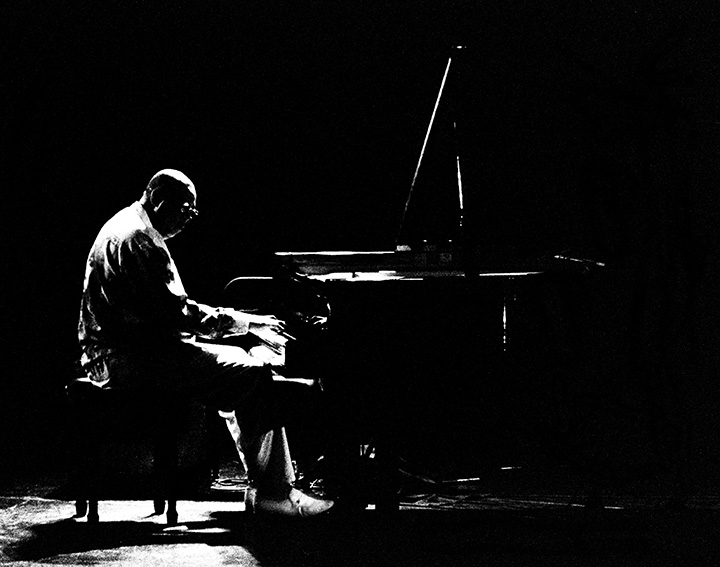
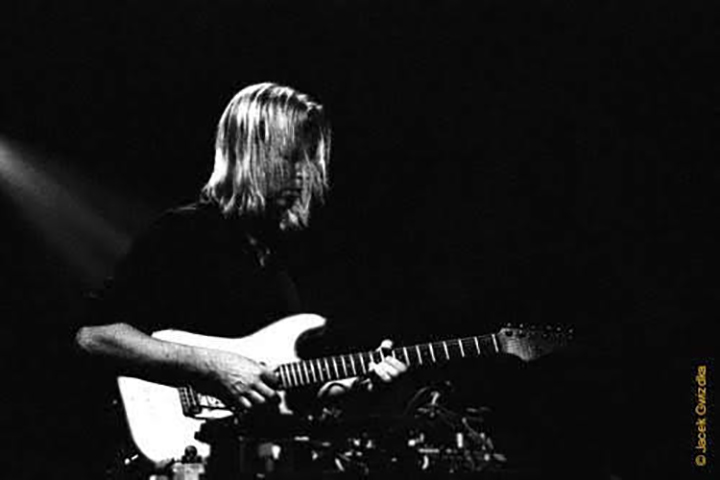
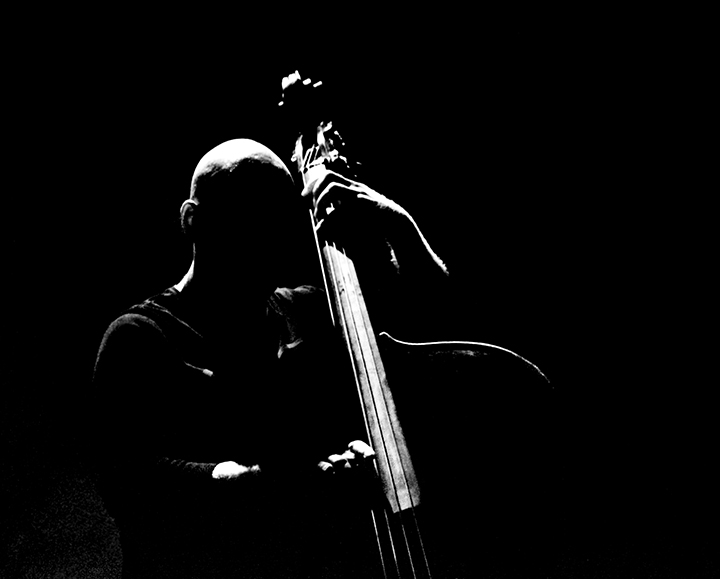
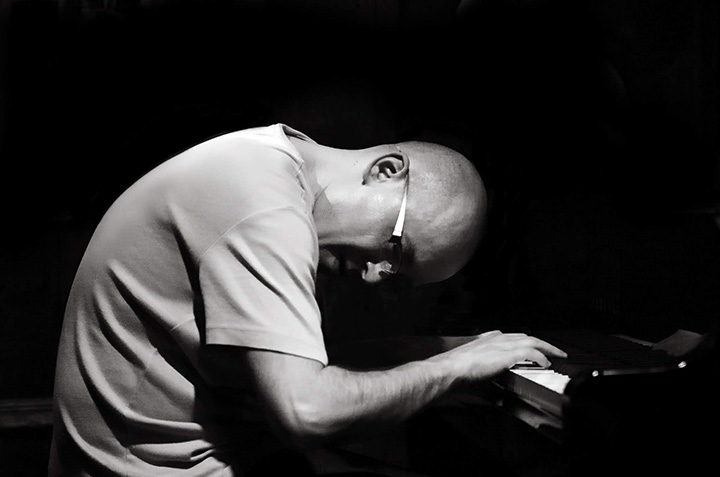
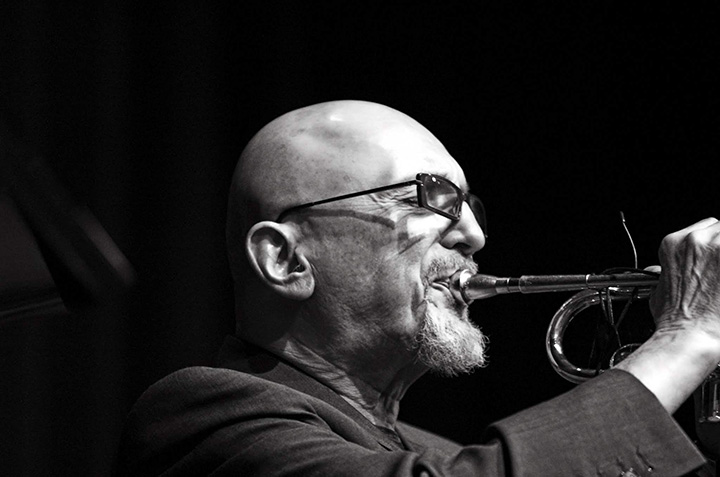
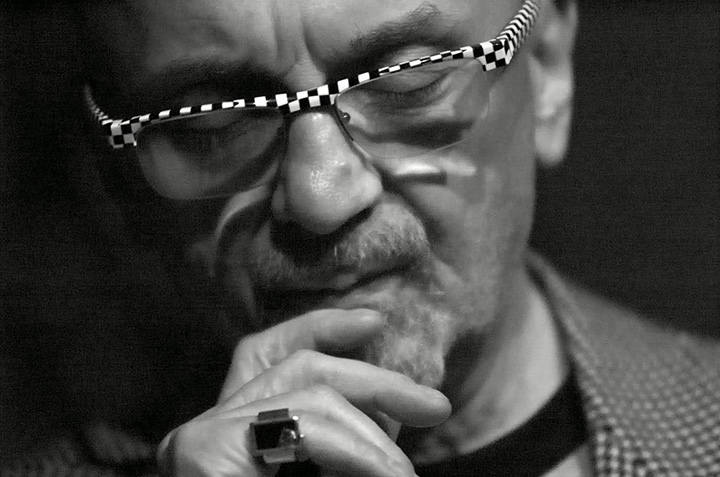
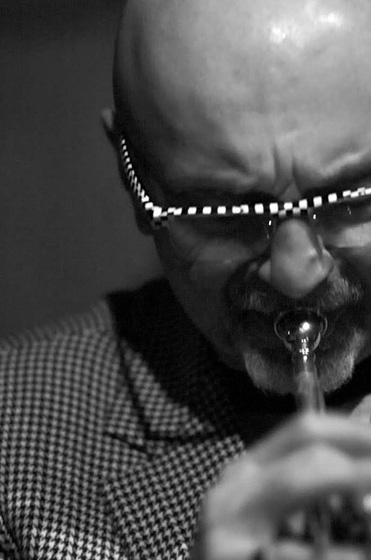
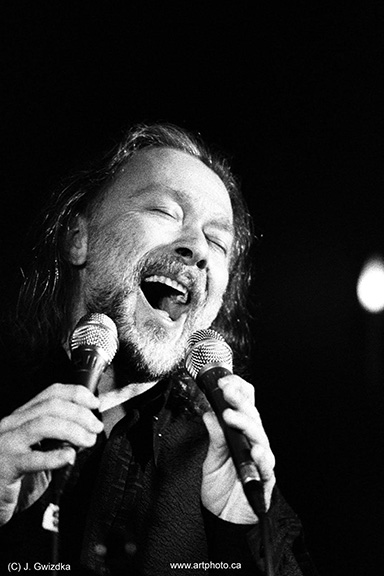
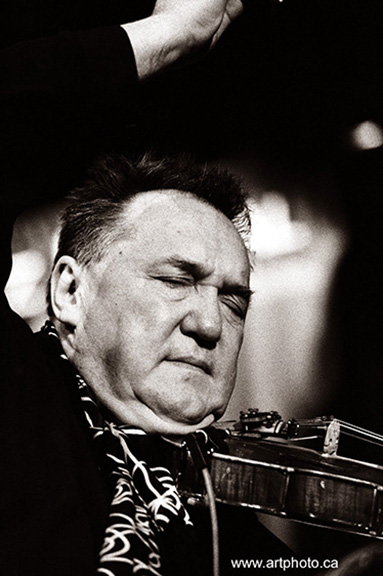
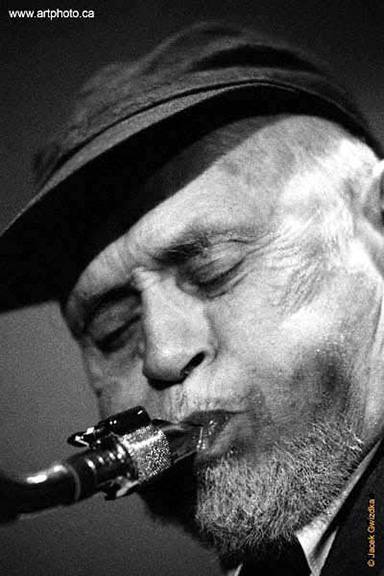
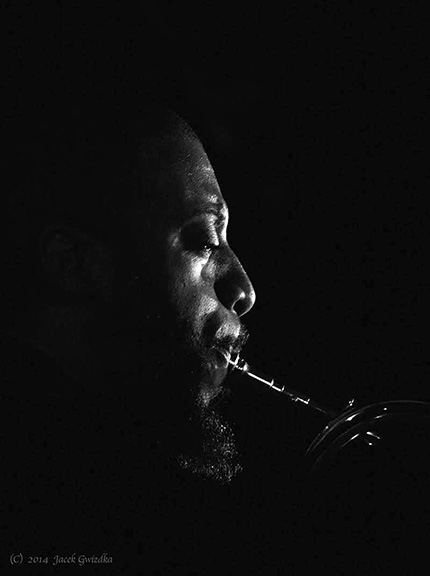
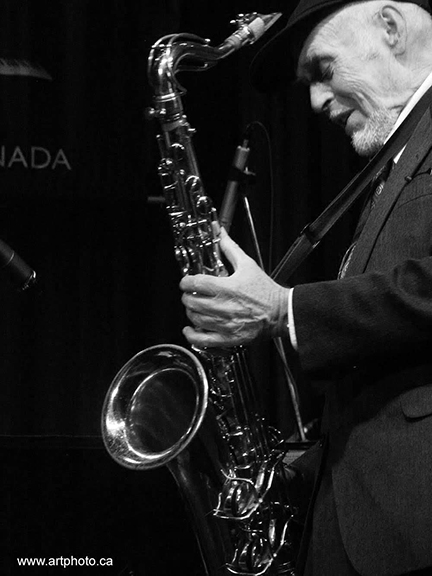

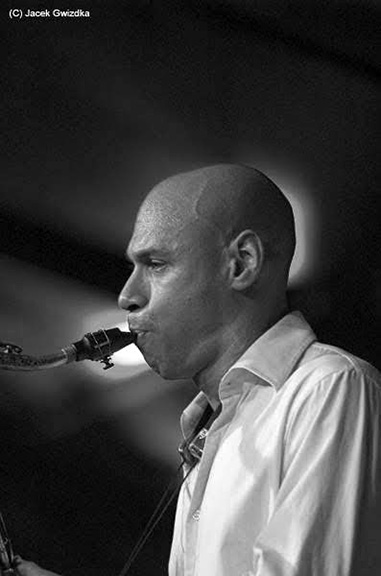
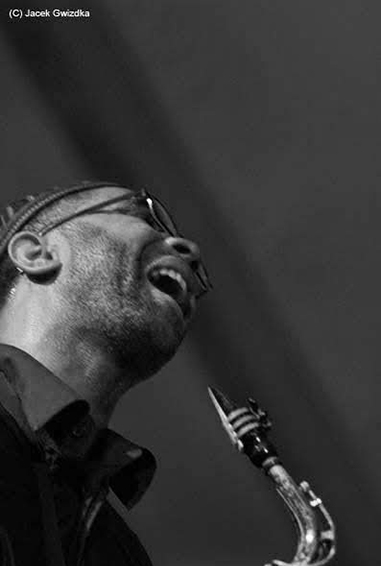
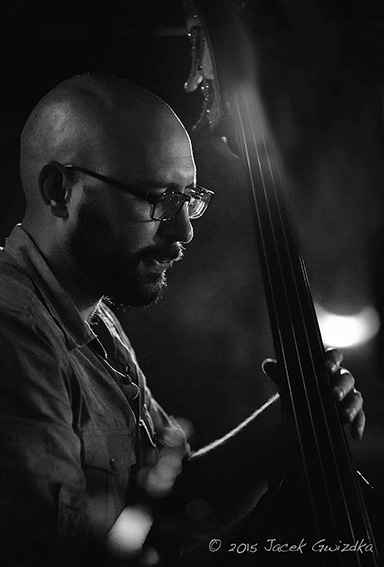
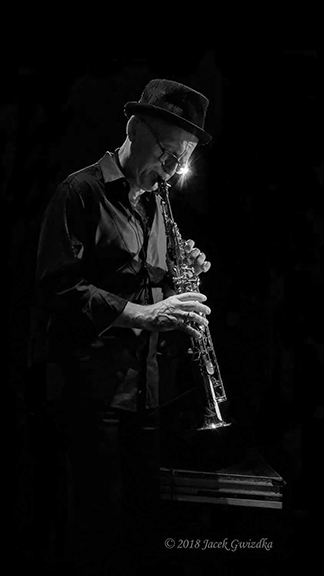
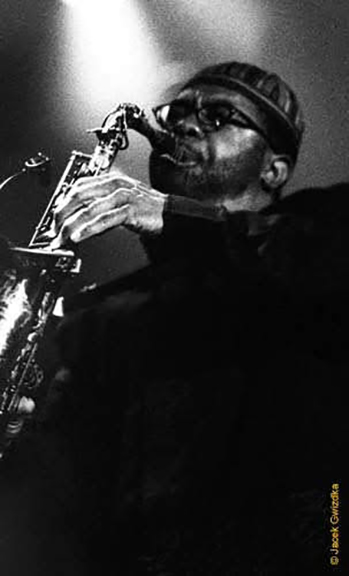
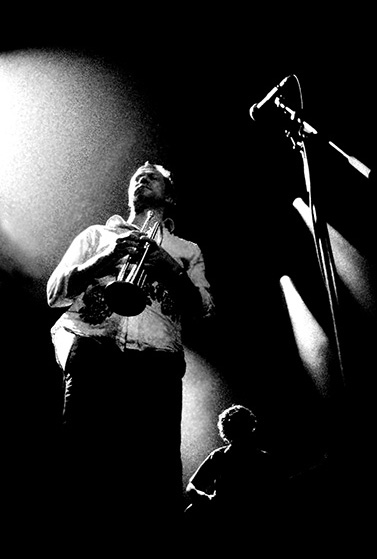

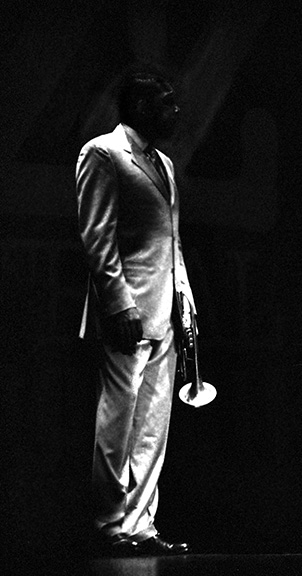
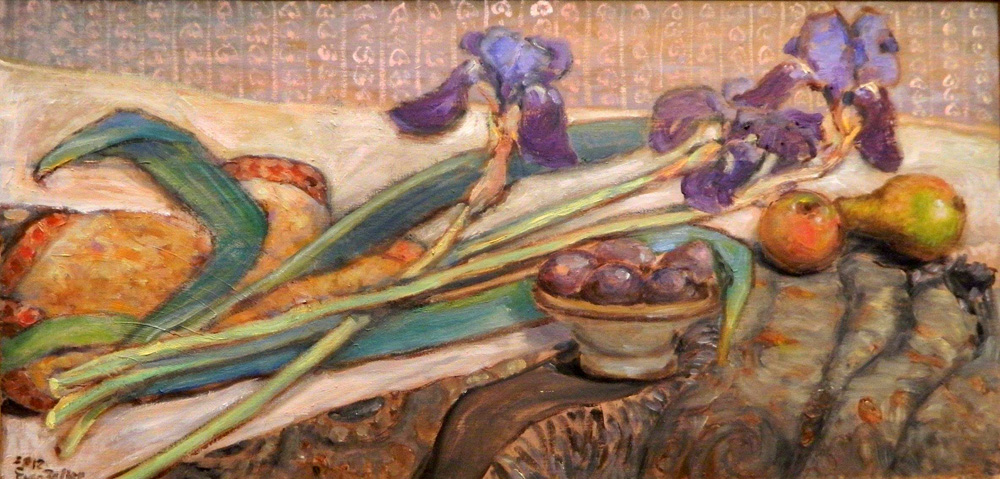
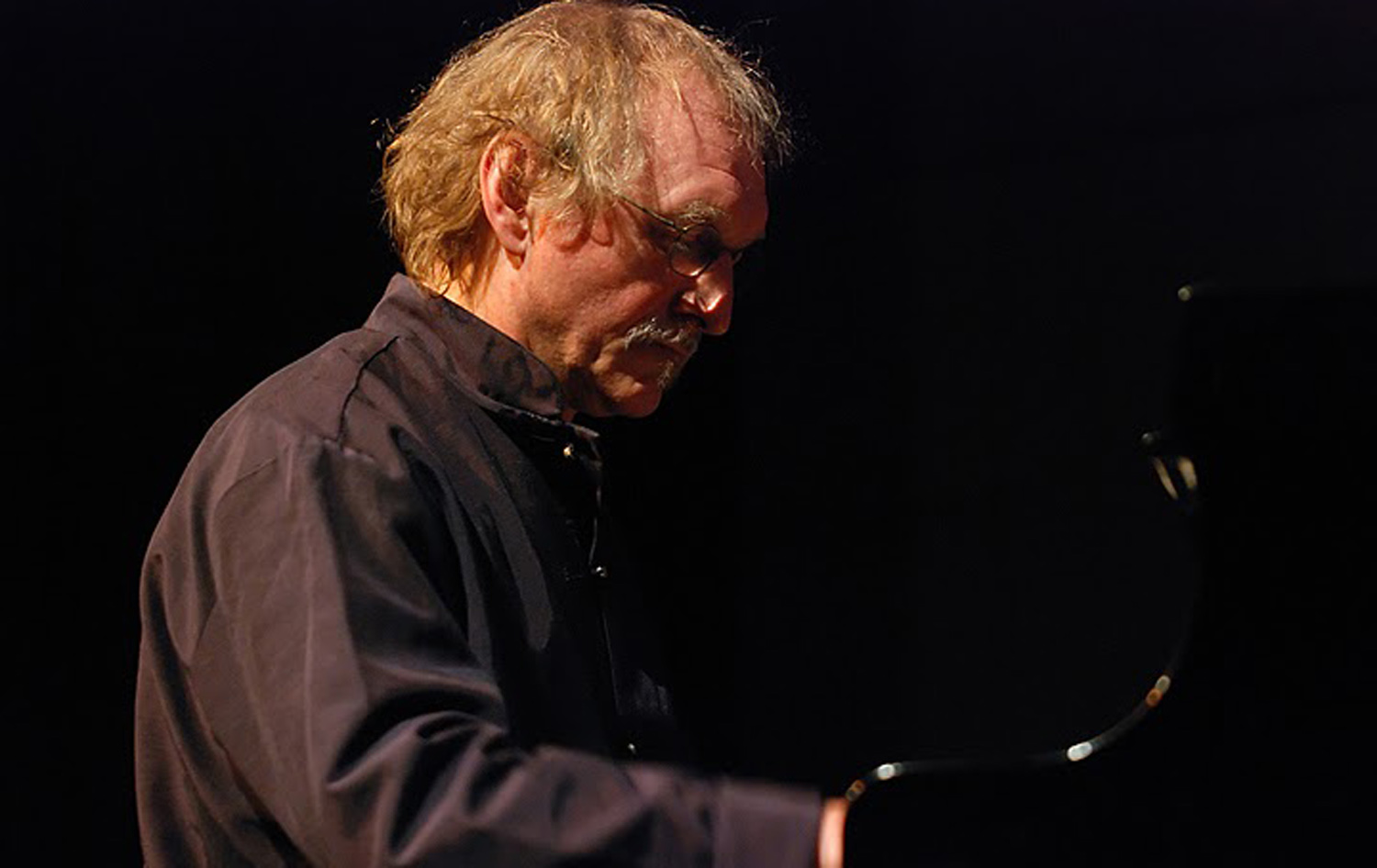
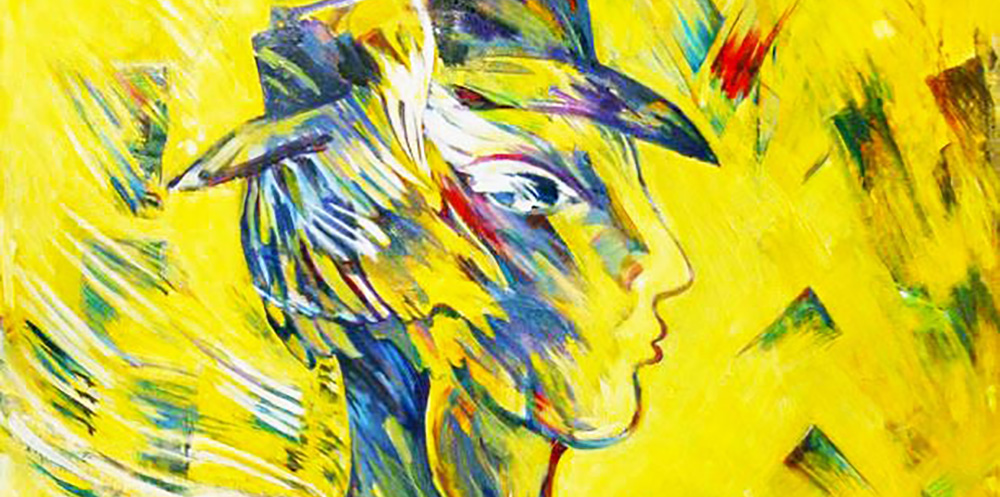
Dziękuję Panu Jackowi. Przypomniały mi się moje własne magiczne chwile na Jazz Jamboree. Pewnie na tym samym!